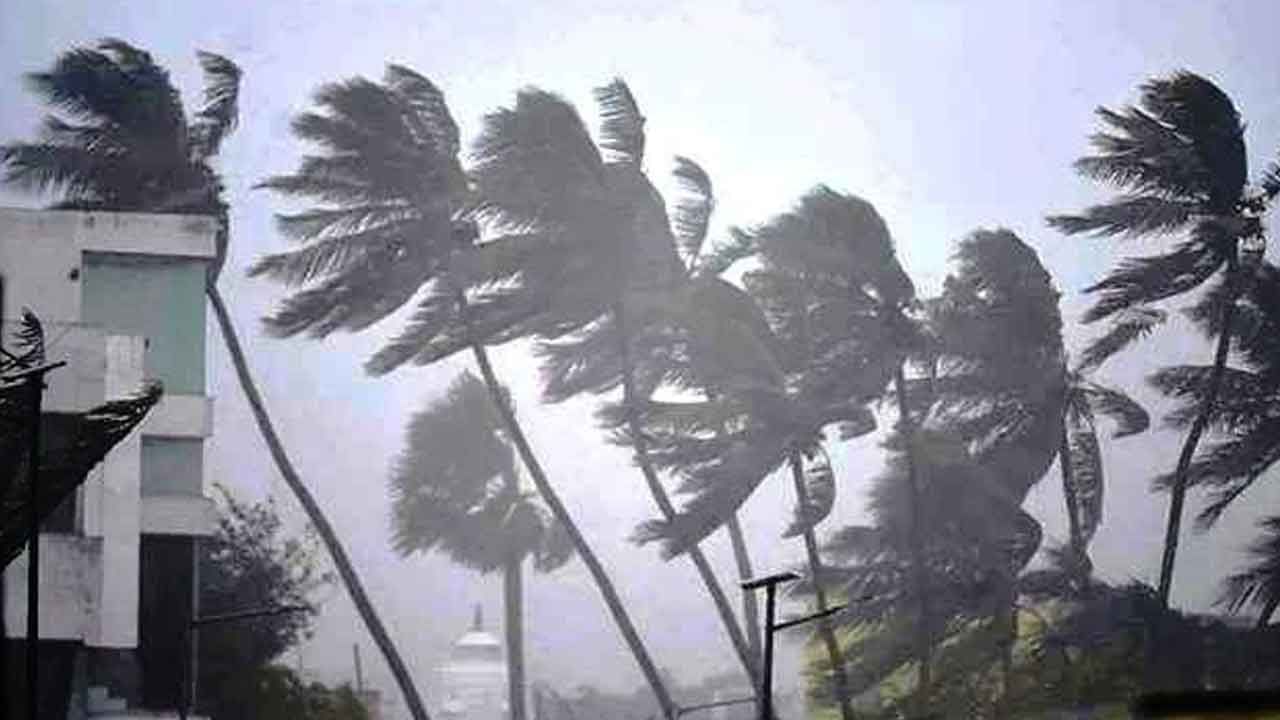
The French under Marquis de Bussy-Castelnau and the English army led by General Robert Clive were busy planning strategies to take over the fertile and rich Andhra land. With the European powers eyeing territories for trade and exploitation, the Qutb Shah dynasty at the Bahmani Sultanate came to an abrupt end. They promoted a Telugu way of life by encouraging literature and fine arts for about 200 years (early 1500 to 1699). Soon a neutral Muslim state called Bahmani Sultanate was formed in Central India by Ala-ud-Din Bahman Shah after revolting against the Turkish kingdom in North India.īut the unexpected demise of Vijayanagara empire led to the emergence of a more liberal Qutb Shahi dynasty at the Bahmani Sultanate that ruled most of the current state of Andhra Pradesh. King Krishnadevaraya emerged as the tallest emperor in South India by extending his control over deep South, building temples, monuments and patronising fine arts.Īfter Musunuri Nayaks defeated the Delhi Sultanate in battles, they were driven off back to Delhi. Musunuri Nayaks defeated Delhi Sultanate in battles thus paving way for another glorious chapter of independent rule under the Vijayanagara Empire (1336-1646) for the Andhra people. Later on, this very same Ulugh Khan ruled Delhi as Sultan Mohammad bin Tughluq after laying siege to Warangal.Ī new era of power struggle erupted after the fall of Kakatiya dynasty with Turkish kingdoms in Delhi, Chalukya Cholas in the south and the Sultanate of Central India (Persio-Tajik) competing with each other to extend their influence in Telugu heartland. General Ulugh Khan commanding a large army was sent by Delhi's Sultan Ghiyath al-Din Tughluq to conquer Telugu kingdom of Kakatiya in 1323. The Chalukya Chola dynasty (later days Cholas) ruled a vast swath of territory from the island of Lanka to Kalinga in the northeast from 1070 until the demise of their empire in the second half of the 13th century. Most notable writer was Nannaya whose literary works made good impact on the society. Telugu language and its literature replaced the once dominant Sanskrit (and its dialect Prakrit), thus contributing to the nurturing of Telugu pride among the people. It was left to Kakatiya dynasty to unify all Telugu lands during their reign between 6 CE ushering in a great synthesis of social, cultural, religious and literary elements of Andhra people who for the first time were governed under a single administration. The Pallava kings Mahendravarman I (571 - 630 CE) and Narasimhavarman I (630 - 668 CE) had established a firm control over southern Andhra and northern parts of TN till the end of 9th Century. While the Ikshvakus ruled the eastern Andhra along the Krishna river in the second half of 2nd Century, the Pallavas (4th Century) emerged as a big force with an empire stretching from southern Andhra to northern Tamil Nadu with Kancheepuram as their capital.

The exit of Satavahanas led to many divisions in the vast Telugu landscape which was ruled by a number of feudal chieftains and small kings. One of the 16 majestic kingdoms in 600 BCE, the Assaka was replaced by Satavahana empire (230 BCE - 220 CE) whose rulers built the ancient township of Amaravati and they reached to new heights under the rule of King Satakarni. There are many anecdotes in Ramayana, Mahabharata and other puranas that point to the people being the descendants of Sage Vishwamitra.


A number of Sanskrit epics like Aitareya Brahmana (800 BCE) refers to the Vedic roots of the Telugu speaking people of Andhra in the Indian subcontinent.ĭuring the period from 700 to 300 BCE, an ancient kingdom called Assaka Maha Janapada (great empires) was in the saddle between Godavari and Krishna rivers in south-eastern India.


 0 kommentar(er)
0 kommentar(er)
